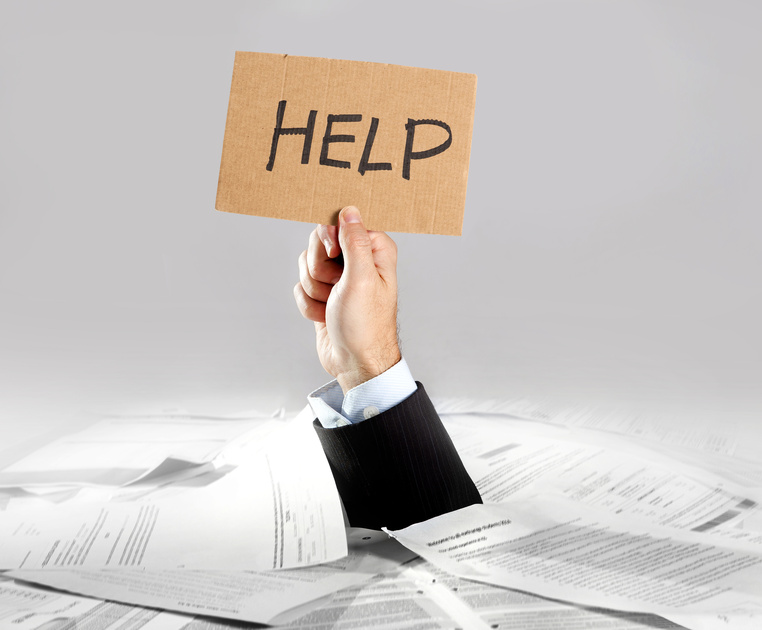
Negative SEO is a growing problem and regardless of which industry you’re in, it can impact your website’s performance in Google. Anyone can damage your search rankings by using black-hat SEO techniques to damage the reputation of your site. Luckily, there are measures you can take to protect yourself against negative SEO and monitor how your website is viewed by Google.
What Exactly Is Negative SEO?
Negative SEO happens when somebody else scrapes content from your website or builds unnatural links pointing to your website in order to damage your search engine rankings. Since Google’s Penguin and Panda updates, it’s more important than ever to make sure any links pointing to your site are genuine and relevant.
How Does Negative SEO Happen?
Before you take action, it’s helpful to understand the main types of negative SEO and how it can happen to you. Here are the most common ways it can happen:
. Someone else builds unnatural, low-quality links to your website from untrustworthy websites. A competitor can pay another firm to direct thousand of links to your site using a key phrase your website is targeting. These can come from adult, gambling, or banned sites.
. Another website uses unnatural and irrelevant anchor text to link to your site. If the keywords don’t relate to your site, it can harm your Google rankings.
. Another website scrapes content from your site and posts it to multiple other websites. Signs of duplicate content can lower your search rankings. This is why it is essential to ensure you are always publishing unique content.
. Someone else hacks into your website and modifies your HTML code to block Google, or inserts irrelevant content and links into your web pages.
How to Know if You’re a Victim of Negative SEO
There are a few ways you can find out if your website has been affected by negative SEO. Here are some tips to find any negative SEO activity directed toward your site:
. Use tools like Google Webmaster Tools, Ahrefs, Majestic SEO, and Open Site Explorer to check the backlinks to your website. If your website and target markets are only located in one country, then you shouldn’t have foreign IP addresses or TLDs (top-level domains) pointing to your site. Also, if you find hundreds of unrelated sites linking to you it could cause a problem.
. Make sure all the anchor text that is being used to link to your website is relevant. Any links that seem unnatural are a sign of negative SEO.
. Check Google Webmaster Tools for any manual penalties. If you’ve been notified of malware or unnatural link building, you have been affected by negative SEO.
. Check your analytics data to see signs of drops in traffic to your website. If you’ve done nothing against Google’s webmaster guidelines, you could be a victim.
. Use a tool like Copyscape to discover if there are copies of your website content across the Internet. You simply need to enter your URL and the tool will scan the Internet for duplicate content.
Recovery Strategies
It may take a little effort, but it is possible to recover from negative SEO. Once you’ve found evidence of negative SEO, you can take some of the following measures:
. Avoid cheap hosting providers with poor security standards.
. If you’re using WordPress, update your software frequently to minimize the chances of a malicious attack.
. Check your robots.txt file to ensure you’re not blocking Google from indexing your site.
. If you find bad links, contact the owner of the website and request they remove the links to your website. Website such as Link Detox and rmoov will help you find the links, contact webmasters, and notify you of the results.
. If webmasters do not or cannot remove your links, you can use the Disavow Links Tool from Google so that your website is not affected. This should only be used as a last resort.
. For algorithm penalties, contact Google through the Webmaster Tools Troubleshooter.
Preventive Measures
Any business can be affected by negative SEO, but it’s more common to be a victim if you’re a successful brand with more competitors. There are some measures you can take to limit the damaging affects of negative SEO in the first place:
. Set up Google Webmaster Tools Email Alert. You will receive an email if your website is attacked my malware, there is a server connectivity problem, or if you receive a manual penalty.
. Regularly monitor you backlinks to ensure your link profile grows naturally.
. Focus on creating original, quality content that promotes natural backlinks from relevant websites. Alternatively, you can request custom made articles or buy original content.
. Don’t just rely on SEO tactics; negative SEO attacks will hit you harder. Build your social media profiles, advertising campaigns, and content marketing strategies.
In Summary
It’s impossible to prevent people from using underhand tactics to undermine your website, but you can control how authoritative your site is. The best you can do is follow Google’s guidelines and focus on building high-quality links by producing great content. This will ensure you maximize your search rankings even if you’re a victim of negative SEO. Google is working hard to minimize the problem and hopefully it will become less widespread in the future.

